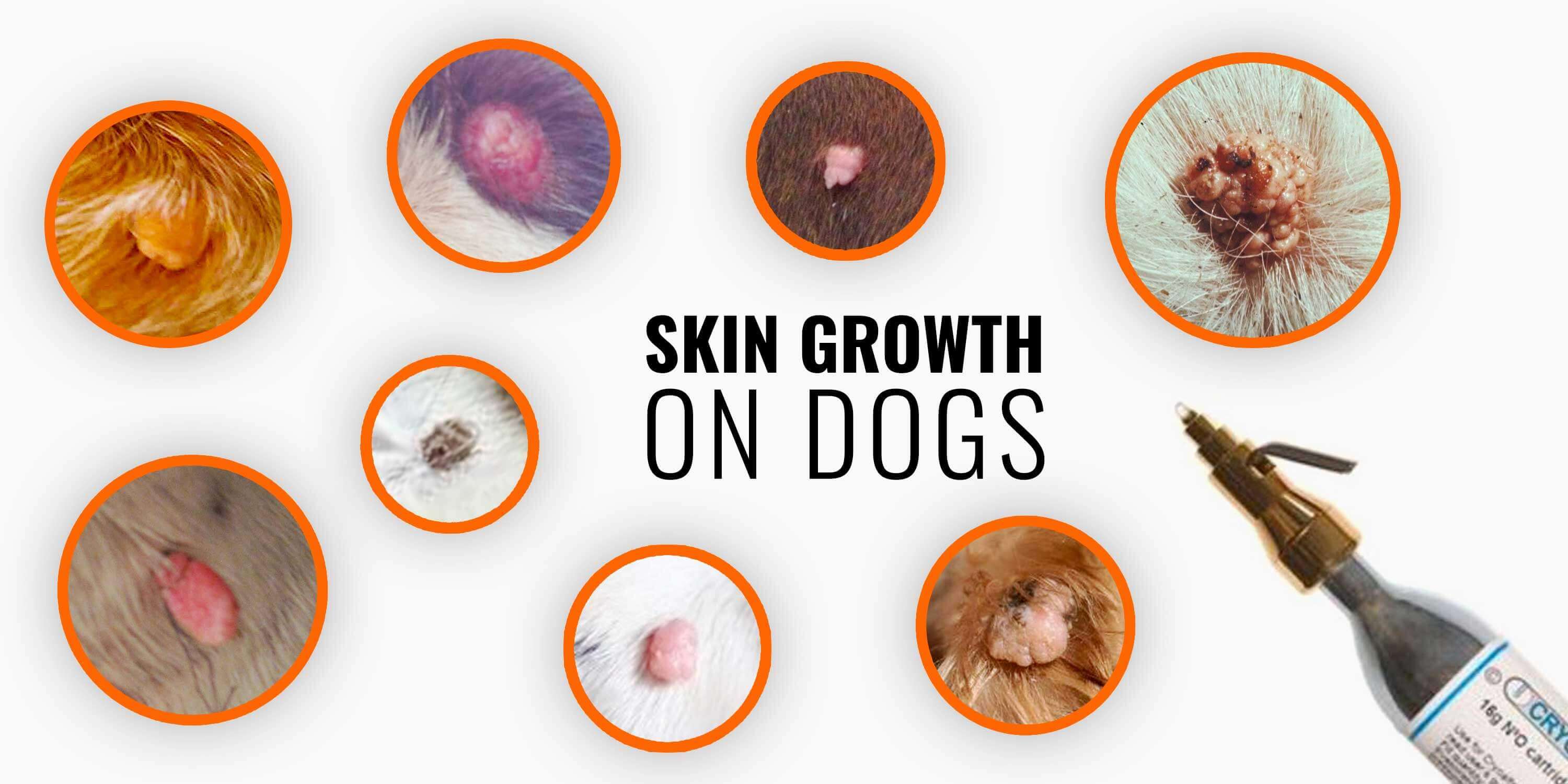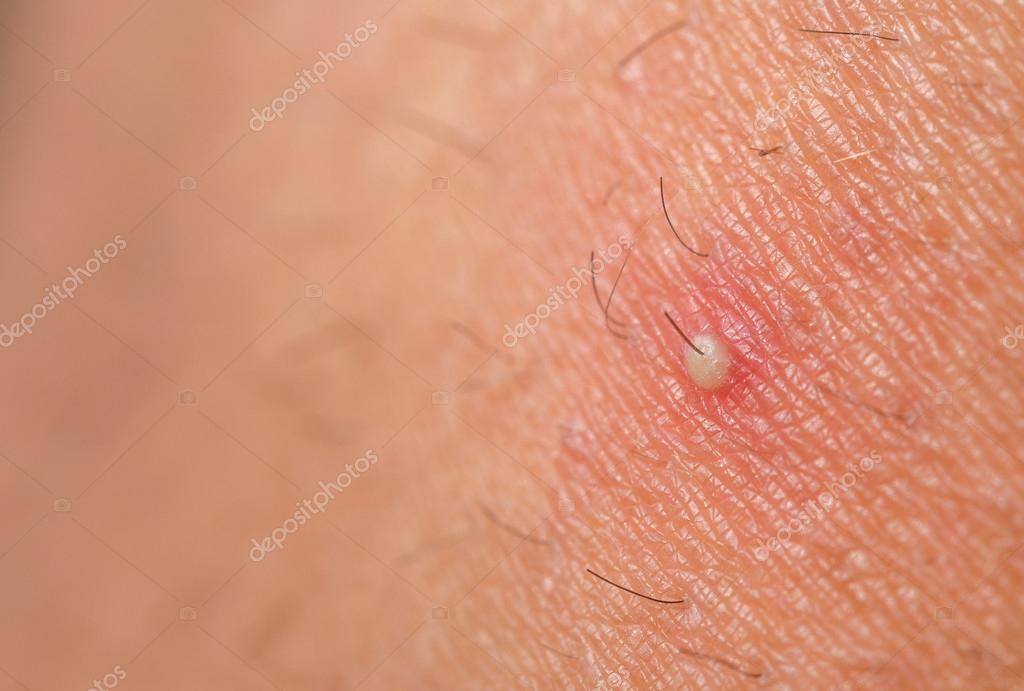Table Of Content

Ingrown Hairs On Dogs are one of the most beloved pets , they are prone to various skin issues, including ingrown hairs on dogs loss or thinning due to an impacted hair follicle. Impacted hair follicles occur when hair follicles become blocked, leading to inflammation and irritation. Causes of whisker bumps in dogs can include improper growth, poor grooming habits, trauma to the skin, and underlying medical conditions. Prevention methods include proper grooming, using the right brush, avoiding shaving, not over-bathing, checking for ingrown hairs regularly, and avoiding popping your dog’s bumps. When a whisker grows improperly, it can become trapped under the skin, leading to inflammation, irritation, and potential infection.
Tick Bite Pictures & Symptoms - What Does a Tick Bite Look Like? - Prevention Magazine
Tick Bite Pictures & Symptoms - What Does a Tick Bite Look Like?.
Posted: Fri, 15 Mar 2024 07:00:00 GMT [source]
Factors that May Lead to Ingrown Hairs in Dogs
This site does not constitute pet medical advice, please consult a licensed veterinarian in your area for pet medical advice. Regardless, hives can be the first telltale sign that your dog is developing a severe allergic reaction. Be sure to seek medical attention right away to avoid anaphylactic shock.

Join Cooper and Gracie in Caring for Your Canine Companion!
By following these tips and maintaining good grooming habits, you can help keep your dog’s skin healthy and free of ingrown hairs and whiskers. Remember to consult with your veterinarian for further guidance on preventing and treating ingrown issues. Dog ingrown hairs occur when a hair curls and grows back into the skin instead of growing outward.
How do you treat an ingrown hair on a dog
When whiskers are cut too short, they may not break through the skin and can become trapped beneath the surface. To avoid this issue, consider using a guard when trimming your dog’s fur and avoid shaving the whisker area altogether. They may be painful or itchy, particularly if the hair follicle expands with fluid or pus and results in an ingrown hair cyst in your dog. Some breeds of dogs are more prone to ingrown hairs, such as the Chinese Shar-Pei and Poodles. The vet will make a full assessment of the ingrown hair to provide the appropriate treatment. If it is a simple case, then they will most likely prescribe antibiotics or antibacterials and medication to control pain and inflammation.
Also, make sure your dog is on a healthy diet as good nutrition can contribute to the overall health of your dog’s skin and hair, including whiskers. However, remember that whiskers are not the same as fur – they should never be trimmed or groomed, as this can potentially cause harm and increase the risk of an ingrown whisker. It’s always best to consult with a veterinarian if you suspect your dog has an ingrown whisker. They will be able to properly examine your pup and remove the ingrown hair without causing them any pain.
Furthermore, a dog’s skin is more vulnerable to secondary infections than humans. An impacted hair follicle or ingrown hair on a dog is when the hair shaft gets stuck in the hair follicle and can’t grow out of the skin’s dermal layer. This usually happens when a dog’s hair is plucked, shaved, chafed, or damaged. "They can occur on the elbow and legs of big, heavy dogs who regularly lie on hard floors," said Buzby. "This can actually press hairs into the skin and set up for a cascade of issues related to inflammation and secondary infection." Newsweek spoke to a veterinarian about how to treat ingrown hairs in dogs.
Many dogs can even benefit from simple at home care to assist in the healing process, as well as relieving any discomfort for your pup. To help relieve the swelling and pressure of an ingrown whisker, you can start by applying a warm compress to the area twice a day. Though developing ingrown hairs is possible on any part of the canine body, it is most common in a few areas.
Do impacted hair follicles hurt dogs paws?
Allergies are widespread in dogs, with no predisposition to a specific age, breed, or body type. Also known as interdigital furuncles, they're noticeable as a sore or hairless bump between a dog's toes. Additionally, it may be helpful to invest in inflammation, reducing ointment to relieve the dog of irritation.
If an ingrown hair becomes infected it can cause your dog a lot of pain and discomfort. Just like humans, our furry friends can also suffer from ingrown hairs. These can cause discomfort and even lead to infections if not treated promptly. Dogs most commonly develop ingrown hairs around their muzzle, on their paws, and between their toes. However, many other skin conditions can impact these areas as well, so it’s important to make sure your vet rules out other complications.

Owners of dogs can take precautions to avoid folliculitis by managing systemic health conditions like hypothyroidism with the proper long-term treatment. If your dog is particularly prone to getting ingrown hairs, shaving him can help avoid them. It’s essential to have any ingrown hairs examined, and when the time comes, let the professionals groom your dog to lower the likelihood of a recurrence.
With the right care and attention, you can help keep your dog’s coat healthy and prevent skin issues like ingrown hairs. Understanding your dog’s hair type is crucial for effective grooming. Dogs have different hair types, including short, medium, long, curly, and wiry. For instance, dogs with long hair require more frequent brushing to prevent tangles and mats, which can lead to ingrown hairs. On the other hand, dogs with short hair may not need to be brushed as often, but they still require regular grooming to keep their coat healthy and prevent skin issues. In this article, we will discuss the causes, symptoms, and treatments for impacted hair follicles in dogs.
If the main hair is chafed away, you can see compound hair follicles poking out. For treatment, the veterinarian will likely clean up the draining tract. If your dog has an ingrown hair, there are several things you can do to help them heal. When it grows back, the fur tends to not grow properly, or embeds itself on your dog's belly, becoming ingrown and sometimes, inflamed. An ingrown hair on a dog can be caused by a number of different factors. Remember, a dog’s diet and overall health can play a significant role in preventing such conditions.
It's also possible for an ingrown hair follicle to become infected with bacteria from your pet's mouth or paws when they lick themselves excessively. If the ingrown hair has become infected, the veterinarian may prescribe antibiotics or other medications to help clear up the infection. If the ingrown whisker appears to be resolving itself, it’s still important to monitor it’s progress regularly to prevent future issues. Attempting to remove an ingrown whisker or hair can cause further irritation and even lead to infection. That being said, the cost of having an ingrown dog whisker removed by a vet can vary widely depending on several factors. However, by maintaining regular veterinary care and keeping an eye on your dog’s wellbeing, you can ensure any issues are dealt with promptly and effectively.
Anything that could cause trauma to the skin can damage the hair follicle and promote ingrown hair formation. When a dog develops ingrown hair, it can closely mimic the appearance of a pimple. Often, an ingrown hair will present itself as a raised, red, pus-filled bump. It’s a life-threatening disease but can be treated successfully, even in severe cases. What may look like an ingrown hair can actually be something more serious.
Yes, diet can potentially affect your dog's risk of developing ingrown hairs, although it's not usually the primary factor. A well-balanced diet that provides essential nutrients, vitamins, and minerals can help maintain your dog's overall health, including the health of their skin and coat. Brushing your dog's coat regularly helps to remove loose hair, prevent matting and tangling, and promote healthy hair growth. Use a brush suitable for your dog's coat type to effectively remove tangles and prevent ingrown hairs. Also, if your dog has a history of skin issues or is prone to ingrown hairs, it’s best to consult a vet before trying any home remedies.

No comments:
Post a Comment